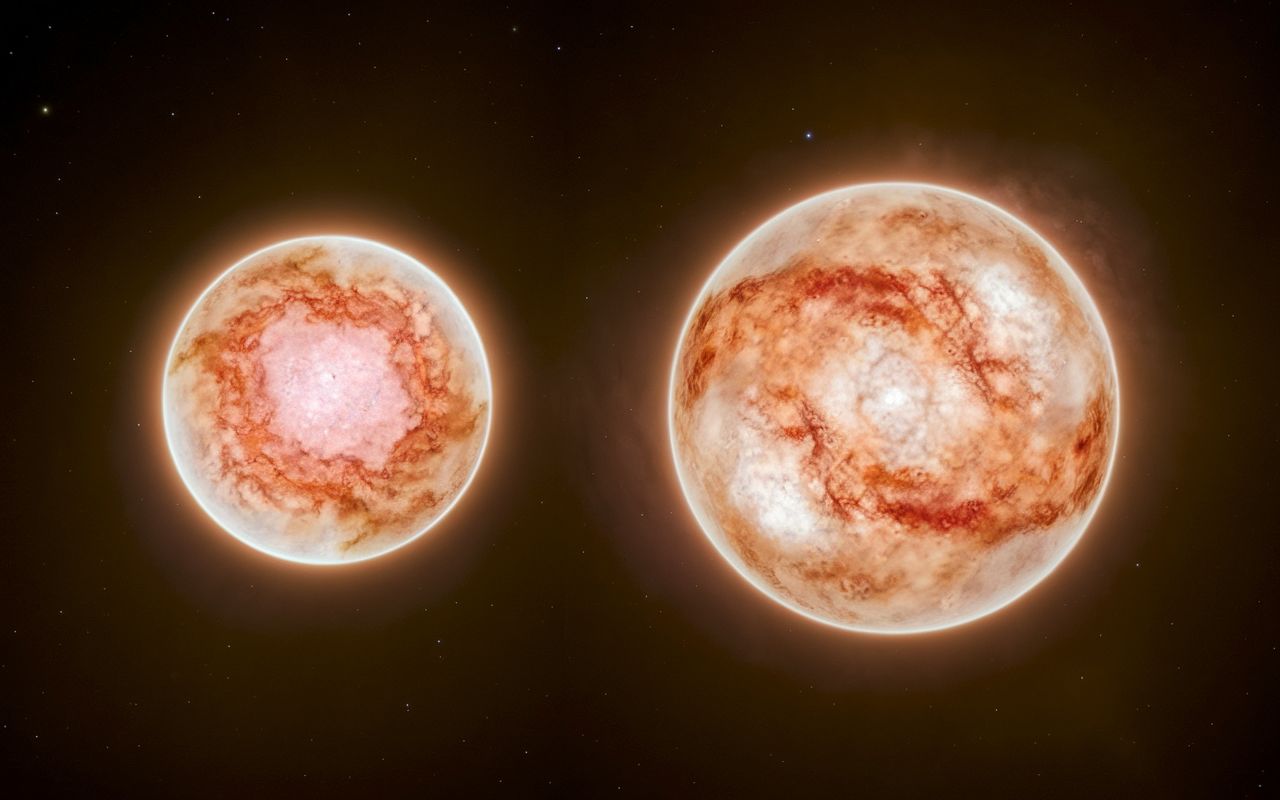Follow us on Google News (click on ☆)
Astronomical discoveries often challenge our understanding of celestial objects. This was the case with the brown dwarf Gliese 229 B, first observed in 1995.

Often described as failed stars, brown dwarfs lie between giant planets and stars. They have too little mass to initiate nuclear fusion. Despite this, they emit a faint glow, primarily in the infrared spectrum.
Gliese 229 B, with a mass greater than Jupiter's, seemed promising for observations. However, astronomers quickly realized that it shone much less than expected. This phenomenon puzzled the scientific community for almost thirty years.
The resolution of this mystery finally occurred in 2023, thanks to a team led by Jerry W. Xuan from the California Institute of Technology. This discovery led to recent publications. Using advanced technologies, researchers found that Gliese 229 B was not a single object, but two distinct brown dwarfs.
Named Gliese 229 Ba and Gliese 229 Bb, these two objects were orbiting so closely that they appeared as one to our instruments. Their distance is barely sixteen times that between Earth and the Moon, and they orbit in just twelve days.
For this study, the team used the GRAVITY interferometer at the Very Large Telescope in Chile. This instrument allowed them to precisely distinguish the two brown dwarfs. Analysis of the data confirmed their distinct nature.
With respective masses of 38 and 34 times that of Jupiter, these brown dwarfs finally explain the low luminosity observed. Astronomers had been observing the combined light of the two objects, rather than just one.
This discovery marks a significant advancement in the understanding of brown dwarfs and raises new questions. How do such binary systems form? Could other similar pairs exist in the Universe?
Research on Gliese 229 B opens up new avenues. Astronomers plan to explore other brown dwarfs to discover similar binary systems. These studies will enhance our understanding of these enigmatic objects that exist between stars and giant planets.